#Luisa Casati Stampa di Soncino
Explore tagged Tumblr posts
Photo
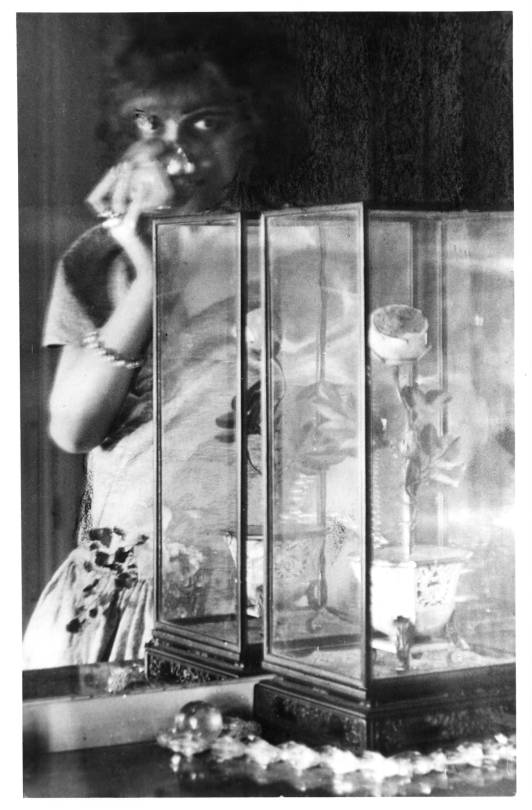
1922 Man Ray, Marchesa Luisa Casati.
"In 1922, Luisa visited a young and still unknown photographer named Man Ray. In his autobiography, the American tells the story of the photo that became the most famous of all the representations of the Marchioness Casati (...) "I drew a few where one could distinguish a semblance of face; On one of the negatives, we saw three pairs of eyes. It could have been mistaken for a surreal version of the Medusa. It was precisely this photo that delighted her: I had made a portrait of her soul, she said, and she ordered dozens of copies from me. I wish my other clients had been so easy to please. The photo of the marquise went around Paris. Figures from the most closed circles began to come, all expecting miracles. I had to leave my hotel room and find a real studio. » (x)
#1922#portrait#man ray#marchesa luisa casati#luisa casati#marchesa casati#marquise casati#Marquise luisa casati#la Marquise#luisa amman casati#Luisa Adele Rosa Maria von Amman#Luisa Adele Rosa Maria Amman#Luisa Amman#Marquise Casati Stampa di Soncino#Marchesa Casati Stampa di Soncino#Luisa Marchesa Casati Stampa Di Soncino#Luisa Casati Stampa di Soncino#Marchesa Casati Stampa
182 notes
·
View notes
Text
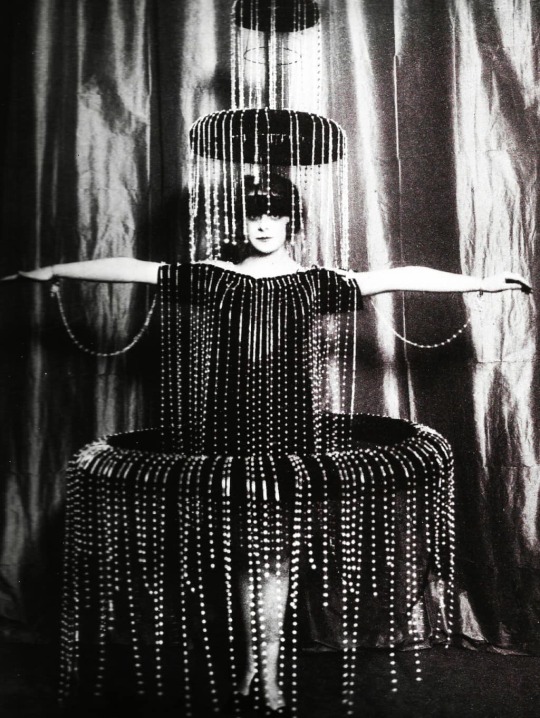

THE MARCHESA CASATI
Marchesa Luisa Casati: An inspiringly decadent true tale of a bizarre Italian aristocrat. Pet cheetahs, séances and dresses made from lightbulbs, the heiress, socialite and artist's muse Marchesa Luisa Casati led a life every bit as unusual as her outfits.
Luisa, Marchesa Casati Stampa di Soncino (born Luisa Adele Rosa Maria Amman; 23 January 1881 – 1 June 1957), was an Italian heiress, muse, and patroness of the arts in early 20th-century Europe.
Casati was known for her eccentricities that delighted European society for nearly three decades. The beautiful and extravagant hostess to the Ballets Russes was something of a legend among her contemporaries. She astonished society by parading with a pair of leashed cheetahs and wearing live snakes as jewellery.
She captivated artists and literary figures such as Robert de Montesquiou, Romain de Tirtoff (Erté), Jean Cocteau, and Cecil Beaton.[citation needed] She had a long-term affair with the author Gabriele d'Annunzio, who is said to have based on her the character of Isabella Inghirami in Forse che si forse che no (Maybe yes, maybe no) (1910).[citation needed] The character of La Casinelle, who appeared in two novels by Michel Georges-Michel, Dans la fete de Venise (1922) and Nouvelle Riviera (1924), was also inspired by her.
In 1910, Casati took up residence at the Palazzo Venier dei Leoni, on Grand Canal in Venice, owning it until circa 1924. In 1949, Peggy Guggenheim purchased the Palazzo from the heirs of Viscountess Castlerosse and made it her home for the following thirty years. Today it is the Peggy Guggenheim Collection, a modern art museum on the Grand Canal in the Dorsoduro sestiere of Venice, Italy.
Casati's soirées there would become legendary. Casati collected a menagerie of exotic animals, and patronized fashion designers such as Fortuny and Poiret. From 1919 to 1920 she lived at Villa San Michele in Capri, the tenant of the unwilling Axel Munthe. Her time on the Italian island, tolerant home to a wide collection of artists, gay men, and lesbians in exile, was described by British author Compton Mackenzie in his diaries.
Numerous portraits were painted and sculpted by artists as various as Giovanni Boldini, Paolo Troubetzkoy, Adolph de Meyer, Romaine Brooks (with whom she had an affair), Kees van Dongen, and Man Ray; many of them she paid for, as a wish to "commission her own immortality".[citation needed][citation needed] She was muse to Italian Futurists such as F. T. Marinetti (who regarded her as a Futurist) Fortunato Depero, Giacomo Balla (who created the portrait-sculpture Marchesa Casati with Moving Eyes), and Umberto Boccioni. Augustus John's portrait of her is one of the most popular paintings at the Art Gallery of Ontario; Jack Kerouac wrote poems about it and Robert Fulford was impressed by it as a schoolboy.
30 notes
·
View notes
Text
Una Ghirlanda di Libri 2023 a Cinisello Balsamo

Una Ghirlanda di Libri – Fiera dell’Editoria Indipendente di Cinisello Balsamo torna per il quarto anno, per coinvolgere non solo la città in cui si svolge, ma anche i comuni limitrofi del Nord Milano, il 14 e 15 ottobre nella prestigiosa location di Villa Casati Stampa di Soncino a Cinisello Balsamo. L’evento è organizzato dall’associazione Le Ghirlande, che si è impegnata per offrire un evento che ha come protagonista il libro tra grandi ospiti, presentazioni, incontri e tavole rotonde dedicati ai temi più disparati saranno il filo conduttore di una due giorni intensissima dedicata a tutti coloro che amano la letteratura, la saggistica e l’attualità. La punta di diamante di questa edizione di Una Ghirlanda di Libri sono i numerosi ospiti come Sara Rattaro, autore di Il cuore di tutto, Un uso qualunque di te: Dieci anni dopo e I miracoli esistono, ospite della tavola rotonda sul bullismo; Maria Luisa Jacobelli che presenterà Ora sono io. Storia pericolosa di un incontro sbagliato; Olivia Ninotti con Sembrava un British invece era un Merdish 2 – Saluto alla regina e Laura Marinaro e il suo primo romanzo Maremoto a Varigotti: Un mistero lungo cinquant’anni corre da Milano alla Riviera. Poi ci sarà Catena Fiorello Galeano con Ciatuzzu, Roberta Gatani autrice di Ti porto con me alla casa di Paolo, presentato con Salvatore Borsellino e il comico di Zelig Alberto Patrucco con AbBrassens. Cambiando genere, il professor Vittorio Agnoletto proporrà Senza Respiro, un’inchiesta sulla pandemia in Lombardia, Italia, Europa e sul come ripensare un modello di sanità pubblica;, poi Sandro Neri con Gaber, finalista al premio Bancarella 2023, e infine Andrea Vitali e la sua ultima opera Cosa è mai una firmetta. Tra gli appuntamenti a latere sabato 14 ottobre alle 10.30 la manifestazione proporrà una tavola rotonda dal titolo Il bullismo nell’era digitale con istituzioni locali, forze dell’ordine, scrittori e psicologi e una voce autorevole del mondo dei giovanissimi e Alessandro Musumeci, Marketing Director di Citroën Italia, introdurrà il progetto Rispettami intrapreso al fianco di Skuola.Net. Al termine ci sarà anche l’incontro con la giornalista e conduttrice televisiva Maria Luisa Jacobelli che con il suo ultimo lavoro Ora sono io. Storia pericolosa di un incontro sbagliato, che tratta il tema dello stalking, altra piaga contemporanea al pari del bullismo. Read the full article
0 notes
Video
(via Mysteries Of Venice - The Lady Of Burano - The Divine Marq… | Flickr)
Mysteries Of Venice - The Lady Of Burano - The Divine Marquise by Daniel Arrhakis (2023)
With the music : Dark Autumn Music - Autumn Chills / Brandon Fletcher
youtu.be/Rb7SPCryTZM?list=PLvt6HApChohD2bqzTmx3zmdxTkIIlUtY6
The Lady Of Burano - The Divine Marquise (*)
Luisa Amman was born in Milan in 1881 into a very rich family, as her father was a cotton producer. She soon showed a strong and eccentric personality and became passionate about the lives of great people, such as the Empress of Austria Sissi.
Her androgynous appearance, her slender and thin physique, her penetrating and cheeky gaze always attracted the attention of those around her. Little more than an adult, she chose to marry the Marquis Camillo Casati Stampa di Soncino, becoming the Marquise Luisa Casati Stampa. But she discovered very soon that the role of a quiet life of wife and mother did not agree with her free and rebellious soul to the stereotypes of the time.
Only after 10 years of marriage she choose to leave Milan to move to Venice and live her eccentric and nonconformist spirit of life.
She bought the Palazzo Venier of Lions on the Grand Canal and in the villa she held sumptuous parties and dances that attracted prominent personalities from all corners of the world, and populated the garden with exotic animals, such as albino blackbirds, leopard cats, parrots, boas and a cheetah.
One of her most singular habits was to walk in St. Mark's Square in the evening, naked, covered only with a fur coat holding her cheetah on a leash, while a faithful servant would follow her with a torch so that she would be illuminated in the darkness of the night and admired by passers-by.
The frequentation of literary circles allowed her to meet Gabriele D'Annunzio with whom she lived a long history of clandestine love, as she was still married to the Marquis.
But there was another love that remained secret until today, which made her go to the island of Burano on certain nights of the new moon, hidden behind a porcelain mask and ivory silk robes. On the island they called her the "Lady In White And Copper" or the "Mysterious Lady of Burano".
The unbridled luxury of Casati did not last forever and in the last years of her life she left Venice for London, where she died in total misery in 1957, taking their best kept secret with her.
(*) History (largely based on true facts) and Image by Daniel Arrhakis.
0 notes
Photo

Marchesa Luisa Casati
Portrait by Federico Beltrán Masses, 1920.
#Marchesa Luisa Casati#Federico Beltrán Masses#1920#Luisa Casati#Federico Armando Beltrán Masses#Beltrán Masses#Luisa Marchesa Casati Stampa di Soncino#la casati#marchesa casati#la marchesa casati#marquise luisa casati#marchesa#muse#fashionista
263 notes
·
View notes
Text
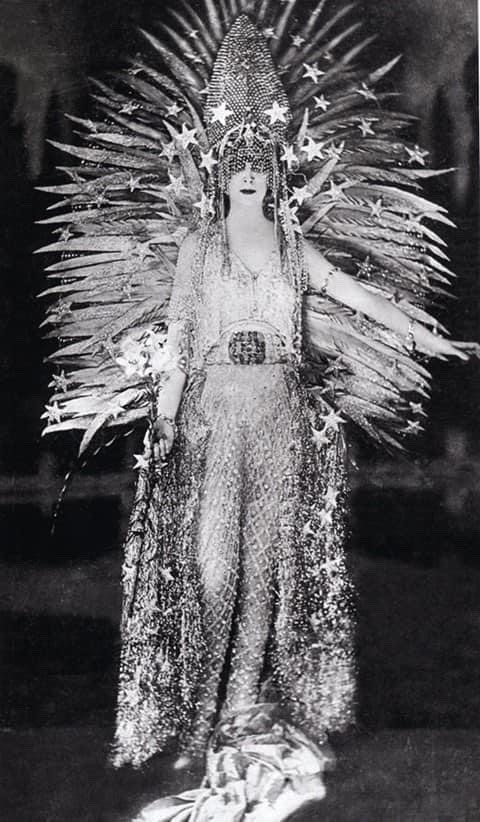
THE MARCHESA CASATI
Luisa, Marchesa Casati Stampa di Soncino (born Luisa Adele Rosa Maria Amman; 23 January 1881 – 1 June 1957), was an Italian heiress, muse, and patroness of the arts in early 20th-century Europe.
Casati was known for her eccentricities that delighted European society for nearly three decades. The beautiful and extravagant hostess to the Ballets Russes was something of a legend among her contemporaries. She astonished society by parading with a pair of leashed cheetahs and wearing live snakes as jewellery.
83 notes
·
View notes
Text
Before there was Gaga there was Marchesa Casati.
Prepare to be astonished.
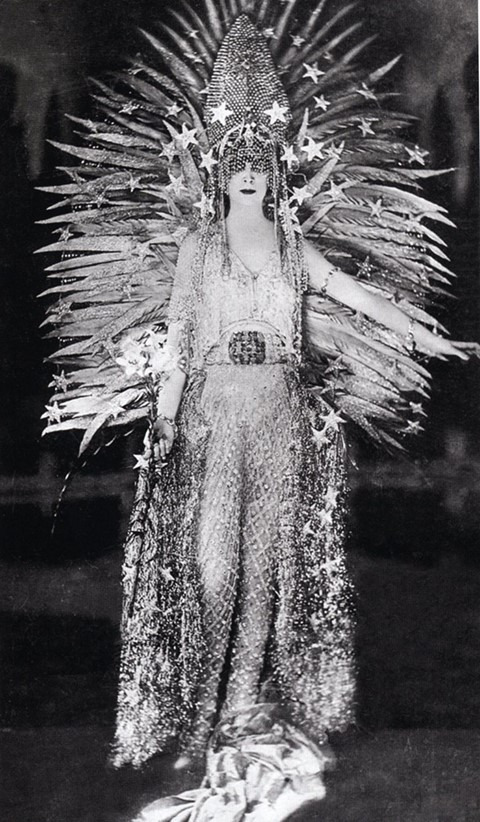

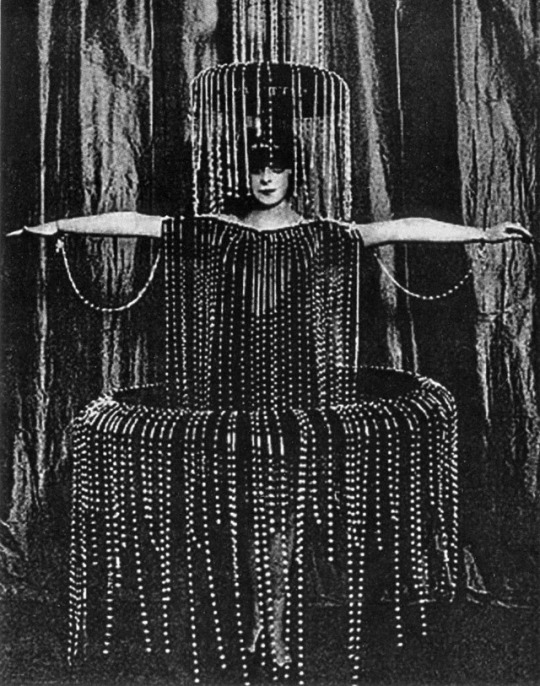



Luisa, Marchesa Casati Stampa di Soncino, was an Italian heiress, muse, and patroness of the arts in early 20th-century Europe.
5 notes
·
View notes
Photo

🔸 Luisa, Marquise Casati Stampa di Soncino (23 January 1881 – 1 June 1957) was an eccentric Italian heiress, muse, and patroness of the arts in early 20th-century Europe. As the concept of dandy was expanded to include women, the marchesa Casati fitted the utmost female example by saying: "I want to be a living work of art". Photographed c.1899. #victorianchaps #vintage #1890s #portrait #beauty #goodolddays #oldphoto #victorian #pastlives #italy🇮🇹 #nostalgia #eccentric #dandy #history #retro https://www.instagram.com/p/CTMWFDGgLmz/?utm_medium=tumblr
#victorianchaps#vintage#1890s#portrait#beauty#goodolddays#oldphoto#victorian#pastlives#italy🇮🇹#nostalgia#eccentric#dandy#history#retro
66 notes
·
View notes
Text
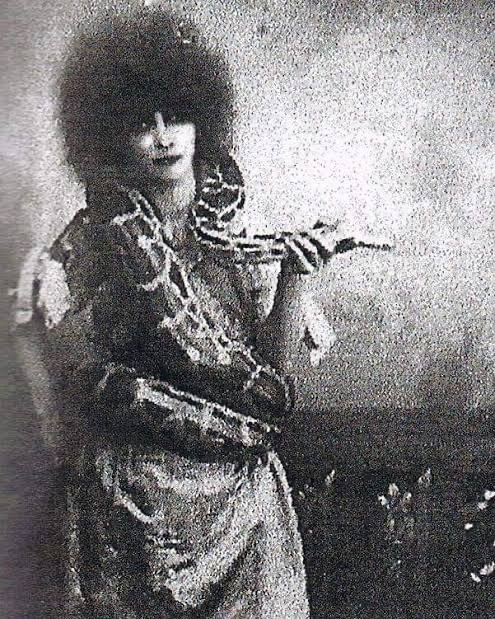

Luisa, Marchesa Casati Stampa di Soncino was an Italian heiress, muse, and patroness of the arts in early 20th-century Europe.
Born into a cocoon of privilege in 1881, Luisa was the second daughter of a rich Austian cotton merchant living in Milan, who would later be given the title of count by King Umberto I. A plain and introverted child, she quietly absorbed the delights of Milan’s museums, galleries, and libraries, which instilled in her an appreciation of the avant-garde art that was gradually becoming popular at the turn of the century. It was in these early years that Luisa became fascinated by history’s notorious eccentrics, including the ’Swan King’ Ludwig of Bavaria, who’s outlandish behaviour, construction of extravagant castles, and patronage of the arts would be a significant influence on the Marchesa's later years.
With an abundance of wealth behind her, the Marchesa began to tailor her lifestyle into a plethora of flamboyant dress and unconventional behaviour. Her reputation spread throughout Europe, with stories of lavish and fantastical soirees, of servants painted in gold leaf, and of the Marchesa’s penchant for wearing live snakes as jewellery. She began to collect elaborate mansions, such as the red marble Palais Rose near Paris, which included a summer house gallery housing the hundreds of portraits she had sat for. Elsewhere she kept a large menagerie of animals, including monkeys, snakes, and two cheetahs with whom she would stroll through the streets at night. In Venice, she would often take her ocelots and borzois on walks outside her palazzo wearing nothing but a fur coat, pearls, and a face full of makeup. Guests reported collections of eerie mannequins that sat around her dining table as if to accompany the guests, and the Marchesa added fuel to these rumours by hinting they contained ashes of her past lovers.

Luisa's raison d’etre became ‘immortality through art’ and she began to seek out progressive artists, commissioning them to take her portrait by paint or lens and sometimes funding their living costs. This exchange differed somewhat from traditional, contemptuous relationship between the artist and the bourgeoisie; she maintained friendships with many she worked with and patronised the most innovative of artists. Her lifestyle was so intricately sewn with aesthetic excess and unconventionality that it appealed greatly to bohemian artistic sensibilities. Poiret dressed her; Augustus John painted her; the Italian futurists idolized her. In John Richardson’s biography of Picasso, he produces an anecdote about one of Casati’s infamous dinner parties.
Although no artist by traditional means, the Marchesa’s appearance was her canvas and she cultivated an enchanting personal style which captivated the aesthetes and bon vivants she consorted with. With her long, lean, pearl white body draped in outlandish finery, chaotic mess of fiery red hair, slash of scarlet lipstick, and striking kohl rimmed eyes, the Marchesa had the glamorous allure of a vampire, hungrily sucking up beauty, excess, and other visual delights.
She dressed in the high fashions of the day, but had many outlandish outfits specially tailored from her own ideas. One such example, which was worn to a ball in 1922, was decorated with dozens of tiny light bulbs, powered by a generator beneath her skirt, and reportedly gave the Marchesa tiny electric shocks throughout the night.
In portraits, she is most often shown with a tangle of hair dyed bright orange, intense eyes, and chiseled cheekbones. There is nothing muted about her approach to appearance. Casati stretched beauty’s limits even by today’s standards. She was six feet tall and accentuated her height with extravagant headpieces. Accounts say she took doses of belladonna, a poisonous plant, to dilate her pupils and make them darker. She didn’t stop there: She topped her unnaturally obscure eyes with rows and rows of fake eyelashes—sometimes fashioning them out of strips of fabric—and powdered her skin porcelain. She painted her face in stark black and white, like a photograph of the period.
3 notes
·
View notes
Photo

Federico Beltrán Masses (1885-1949)
La nuit de Eve (Marchesa Casati), 1929
* Luisa, Marchesa Casati Stampa di Soncino (1881-1957), was an Italian heiress, muse, and patroness of the arts in early 20th-century Europe.
For the first three decades of the twentieth century, the fabled Marchesa Luisa Casati (1881-1957) triumphed as the brightest star in European society. Possibly the most artistically represented woman in history after the Virgin Mary and Cleopatra, the portraits, sculptures and photographs of her would fill a gallery. In a quest for immortality, she had herself painted by Giovanni Boldini, Augustus John, Kees Van Dongen, Romaine Brooks and Ignacio Zuloaga; sketched by Drian, Alberto Martini and Alastair; sculpted by Giacomo Balla, Catherine Barjansky and Jacob Epstein; and photographed by Man Ray, Cecil Beaton and Baron Adolph de Meyer. (Official Website)
8 notes
·
View notes
Photo
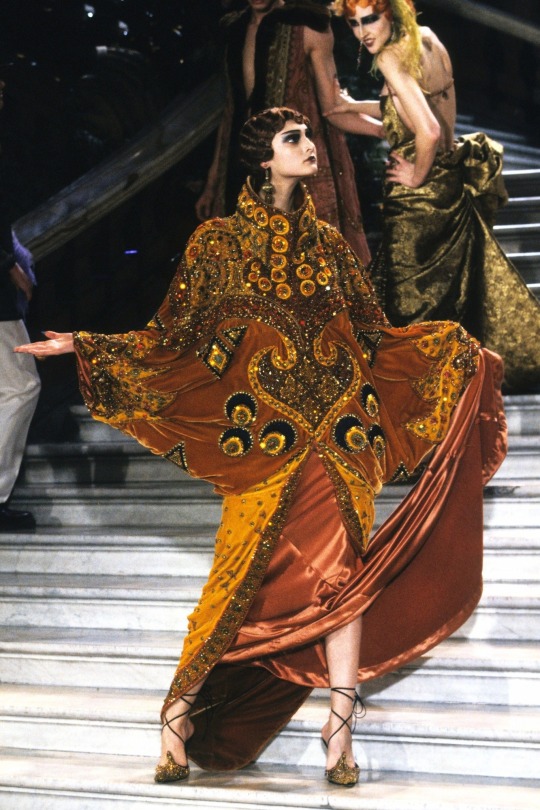
John Galliano for Christian Dior, Haute Couture, Spring Summer Collection, 1998.
Tribute to Marchesa Luisa Casati.
Not long after his arrival at Christian Dior, John Galliano invited us all to Paris’s Opera Garnier, where he staged what was probably his most lavish spectacle ever for the house on its grand marble steps. With the Marchesa Luisa Casati for a muse, the clothes looked straight out of an early 20th-century salon or ball. There were backless velvet gowns in Art Nouveau prints, opera coats with deep mink trim, lace sheaths and skirtsuits, and rose-strewn picture hats. And for the finale? A shower of pastel-colored tissue-paper confetti cut into the shape of tiny butterflies. Pure magic. (x)
#1998#haute couture#john galliano#christian dior#marchesa luisa casati#galliano#dior#opera garnier#art nouveau#luisa casati#luisa amman casati#luisa amman#opera garnier paris#paris#marchesa casati#Luisa Casati Stampa di Soncino#Marchesa Luisa Casati.#marquise casati#Marchesa Casati Stampa#muse#20th century fashion#salon#ball#velvet gowns#backless gowns#gowns#tribute#homage#homage to marchesa luisa casati
120 notes
·
View notes
Text
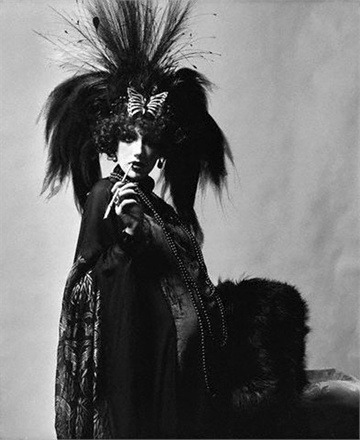
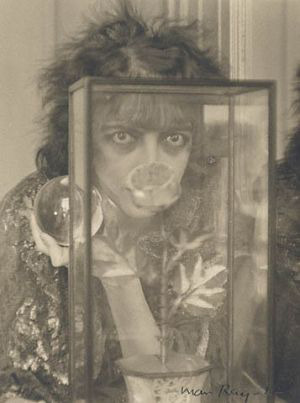
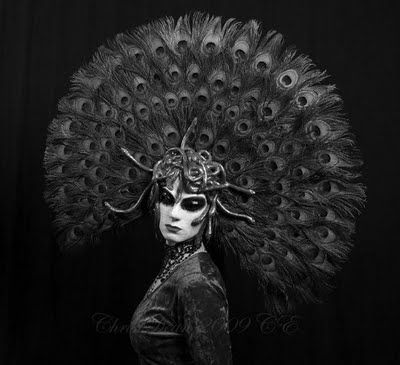
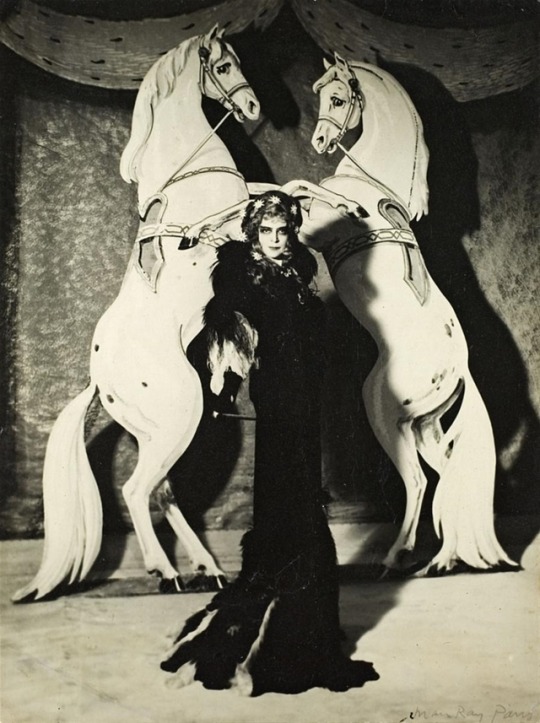
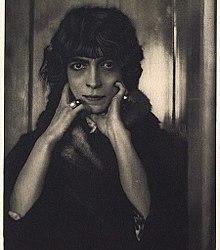
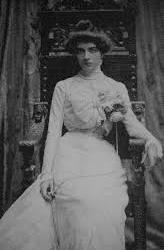
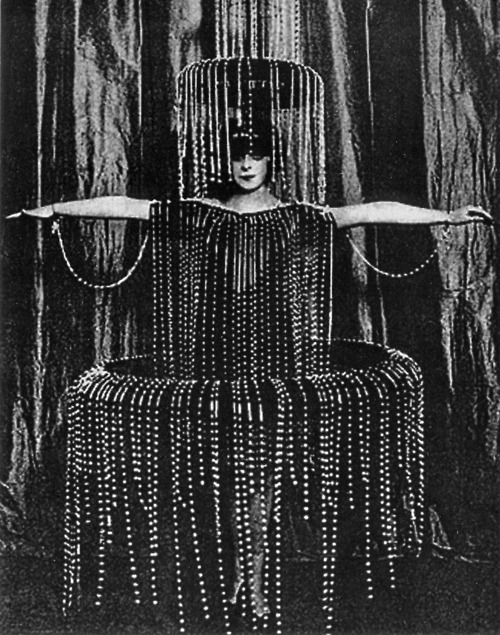
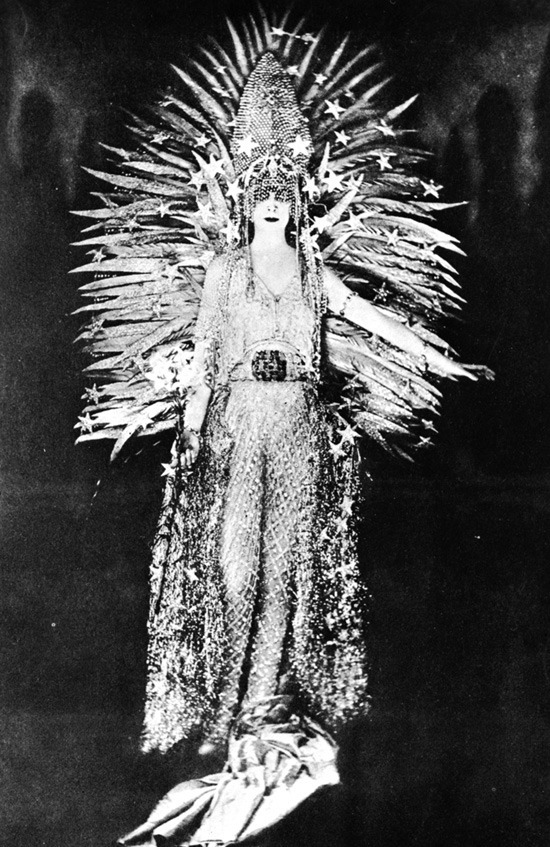
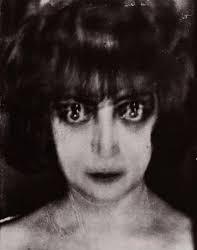
Style appreciation post:
Luisa Casati
Luisa, Marchesa Casati Stampa di Soncino(23 January 1881 – 1 June 1957), was an Italian heiress, muse, and patroness of the arts in early 20th-century Europe. She was said to walk around Venice at night with her pet cheetahs, naked but for a fur cloak. For the first three decades of the twentieth century, the fabled Marchesa Luisa Casati (1881-1957) triumphed as the brightest star in European society. Possibly the most artistically represented woman in history after the Virgin Mary and Cleopatra, the portraits, sculptures and photographs of her would fill a gallery. In a quest for immortality, she had herself painted by Giovanni Boldini, Augustus John, Kees Van Dongen, Romaine Brooks and Ignacio Zuloaga; sketched by Drian, Alberto Martini and Alastair; sculpted by Giacomo Balla, Catherine Barjansky and Jacob Epstein; and photographed by Man Ray, Cecil Beaton and Baron Adolph de Meyer. She frightened Artur Rubinstein, angered Aleister Crowley and intimidated T.E. Lawrence. As muse to the Italian futurists F. T. Marinetti, Fortunato Depero and Umberto Boccioni, she conjured up an elaborate marionette show with music by Maurice Ravel. Accompanied by her pet boa constrictor, she checked into the Ritz Hotel in Paris, where it escaped. Considered the original female dandy, Léon Bakst, Paul Poiret, Mariano Fortuny and Erté dressed her. She adorned herself with the jewels of Lalique and directly inspired the famed 'Panther' design for Cartier. Her parties and appearances at others became legendary–at one celebration in her Venetian palazzo, Nijinsky invited Isadora Duncan to dance; Picasso attended a soirée at her Roman villa; while she costumed herself as a living artwork inspired by Dali for another. She was a subject of intrigue to Marcel Proust and the Comte Robert de Montesquiou. She whirled through Parisian nightlife, making an unforgettable impression on Colette, Elsa Schiaparelli and Coco Chanel. She was the only woman ever to astonish her lover Gabriele D'Annunzio, one of Italy's most notorious and revolutionary writers.
Source: www.marchesacasati.com
#fashion#eccentric#dandy#luisa casati#eccentric inspiration#witchy fashion#goth#witchy aesthetic#eccentric aesthetic
54 notes
·
View notes
Photo
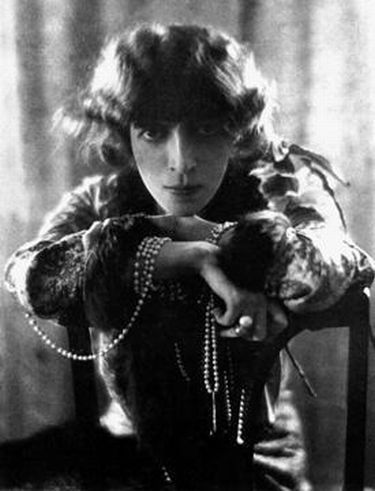
Marquise Luisa Casati by Baron Adolph de Meyer 1912
Luisa Casati Stampa di Soncino, Marchesa di Roma (Milan, 23 January 1881 - London, 1 June 1957) was an eccentric Italian heiress, muse, and patroness of the arts in early 20th century Europe.
#marquise#Luisa Casati#1912#10s#eccentric#italian#heiress#muse#patroness of the arts#photography#Baron Adolph de Meyer#portrait
5 notes
·
View notes
Photo
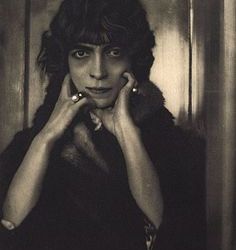

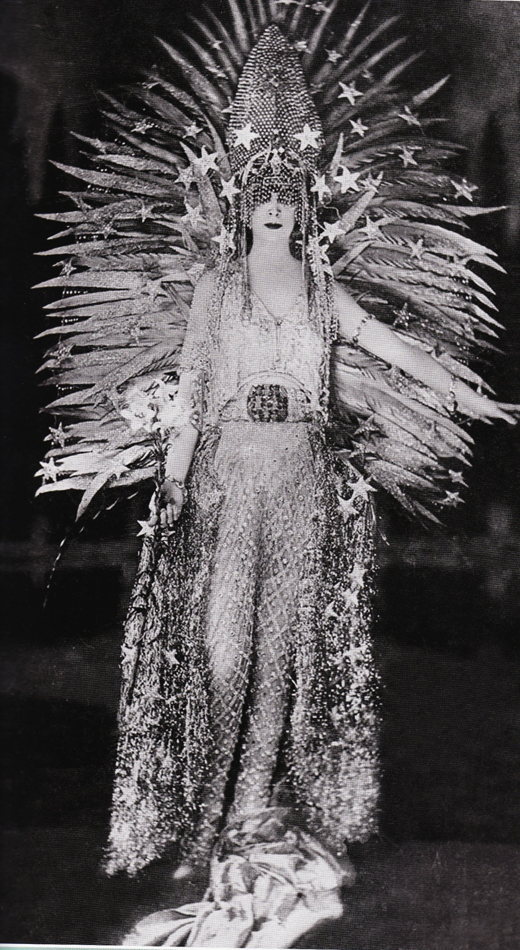
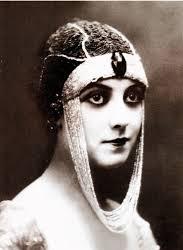
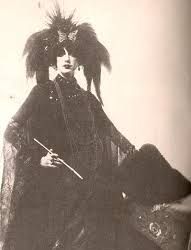

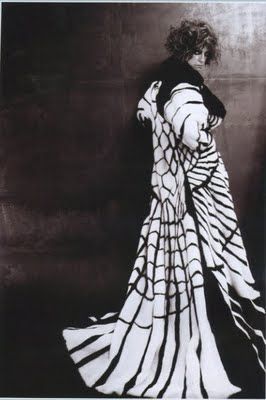
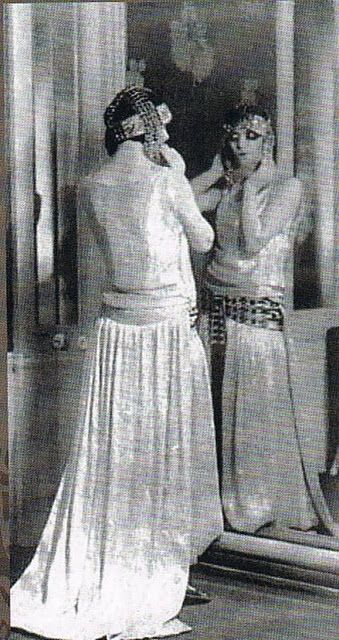
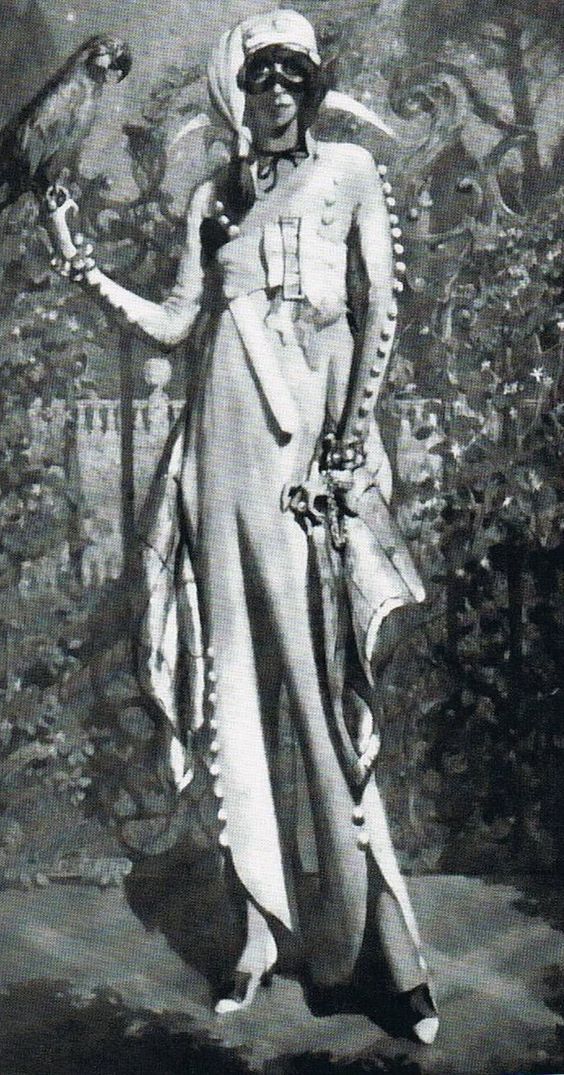
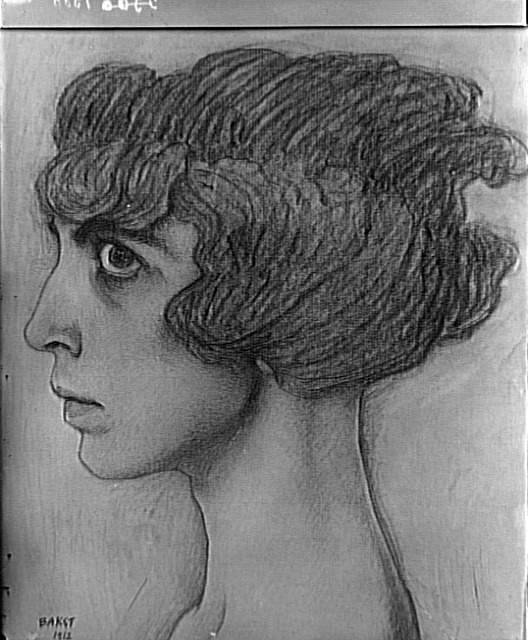
Luisa, Marchesa Casati Stampa di Soncino (1881-1957), also known as Luisa Casati, an Italian heiress, muse, and patroness of the arts in early 20th-century Europe.
Last two pics works by Guiglio de Blass and Leon Bakst.
85 notes
·
View notes
Photo
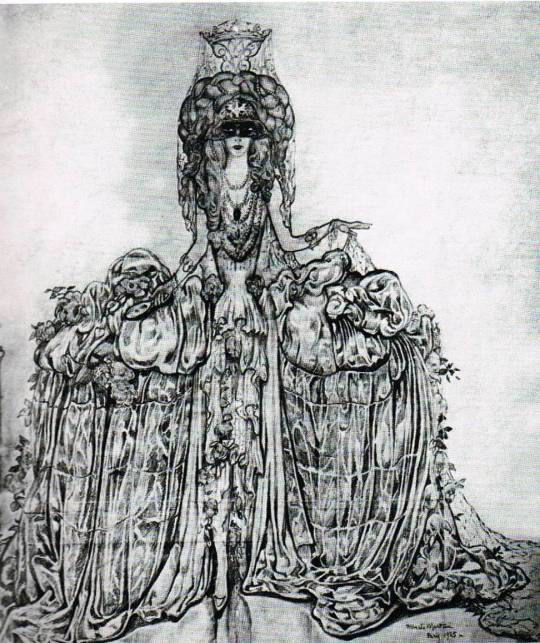
Sketch of Marchesa Luisa Casati in Erte's costume designed for her as the Comtesse de Castiglione by Alberto Martini, 1925.
Tribute to Virginia Oldoini, Countess of Castiglione (La Castiglione)
#Marchesa Luisa Casati#Erte#Alberto Martini#1925#costume sketch#Comtesse de Castiglione#Countess of Castiglione#La Castiglione#Luisa Marchesa Casati Stampa di Soncino#Romain de Tirtoff#Roman Petrovich Tyrtov#Erté#la casati#Luisa Casati#la marchesa casati#marchesa casati#la marchesa#marquise luisa casati#costume design#erte costume#illustration#Vintage illustration#marchesa#virginia oldoini countess of castiglione#muse#fashionista
72 notes
·
View notes
Photo





Luisa, Marchesa Casati Stampa di Soncino, (1881-1957) Italian ‘heiress, muse, and patroness of the arts’

La citazione dannunziana che sigla un ritratto della marchesa Luisa Casati è tipica dell'enfasi aristocratica-decadente dell'epoca. Quelle tre parole, tuttavia, dismessi i panni lussuosi dell'Oscenità sublimata e dell'Ideale erotizzato, meritano attenzione e ridefinizione: carne, spirito, morte.
Proviamo a variare: Lo spirito della carne è un morire promesso alla gioia.
E la gioia è quell’ istantaneità-eternità che invade gli amanti che, morendo nel buio della loro passione, gridano per nascere, per dare-darsi alla luce.
47 notes
·
View notes